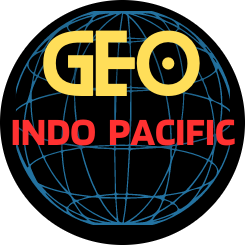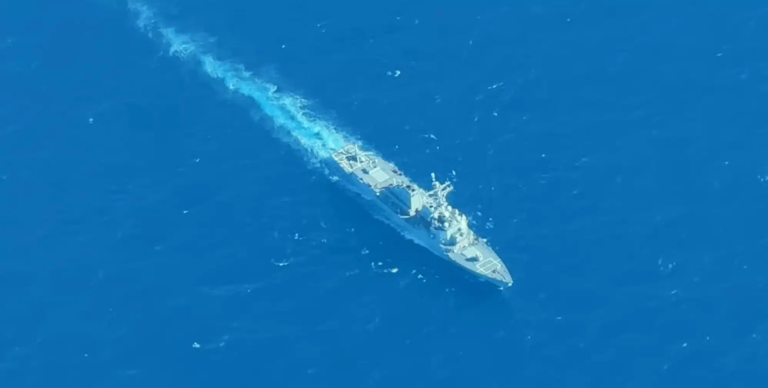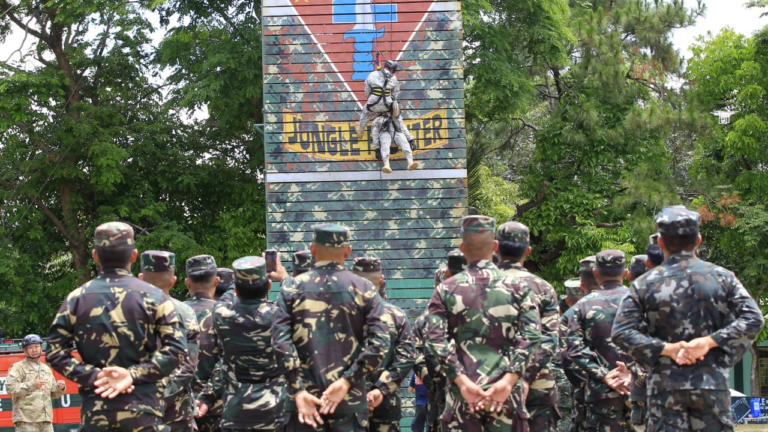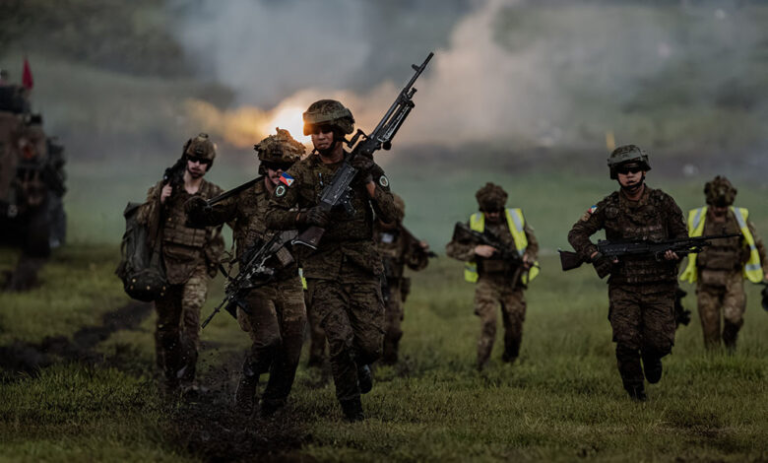
Ensuring security in a complex geopolitical environment demands a global approach, United States Armed Forces leaders said at a recent security forum.
As challenges evolve and the nature of battle changes, the U.S. and its Allies and Partners must continue to work together, vice chiefs of the U.S. Armed Forces said during the 2025 Global Security Forum, hosted by the Center for Strategic and International Studies in Washington, D.C. One key concern is growing cooperation among China, Iran, North Korea and Russia.
“Two or three years ago we did not talk about this cooperation, this collusion. … [W]e kind of didn’t recognize … that there were burgeoning relationships building,” said Gen. Christopher Mahoney, assistant commandant, U.S. Marine Corps.
Mahoney said that the U.S. and its Allies and Partners can’t afford to underemphasize this aid — whether it’s in weapons, munitions or troops — among China, Iran, North Korea and Russia.
“While it may not be a formalized agreement,” Mahoney said, “it’s happening, and I believe it will continue to happen.” Mahoney said he would like to see the unified combatant commands develop more formal exchanges to enhance readiness.
“I think you have to immediately believe that if there is a fight in one geographic area, because of these relationships they will immediately metastasize or have a geographic and geopolitical protraction,” he said. “What we’re seeing demonstrated is that will immediately have impact globally and you’ve got to structure your force, depending on how serious you are about being in the global force to provide for those eventualities.”
The other vice chiefs concurred.
“The relationships are not new; the level of cooperation is new,” said Gen. James Mingus, vice chief of staff for the U.S. Army. He noted that Iran provided Russia with drone technology that has been used against Ukraine. “Russia is now mass-producing UAVs and one-man attack drones at a rate that we have not seen in a long time. This sharing of technology, we have to be very concerned about that.”
The joint force is “optimizing for the INDOPACOM [U.S. Indo-Pacific Command] scenario,” Mingus said, “but we know that there’s the world you want to live in and then there’s the world you really live in, and we have to be prepared for those two.”
Adm. James Kilby, vice chief of staff for the U.S. Navy, said that despite the current focus on Indo-Pacific security “we need to view this as a global problem all the time.” The Navy in August 2025 will conduct its third large-scale exercise, coordinating with the combatant commands, Kilby said. “That’s an acknowledgement that this is the place we’re in.”
Forces must have the speed and flexibility to fight on multiple fronts, said Lt. Gen. Scott Pleus, acting vice chief, U.S. Air Force. “In other words, if China is the pacing threat, you have to be able to [address] that, but you can’t just buy kit that solves that dilemma. There’s another fight that’s going to happen someplace else on the globe and we don’t get to pick where that is,” he said.
Working with Allies and Partners is crucial to maintaining readiness, leaders said.
“The lever of Allies and Partners is indispensable from the get-go. It enables us to cheat time, to cheat distance, to stay forward and when we go to the fight, hopefully to be shoulder to shoulder with us to add capability,” Mahoney said. “Frankly, when you back off and you look at it from a political standpoint, it gives any adversary a number of different problems that they have to deal with. They can’t just deal monolithically with one political system, with one resourcing system, with one man, they have to deal with a multiplicity of them. I think that’s an advantage.”
Sentry is a professional military magazine published by U.S. Strategic Command to provide a forum for national security personnel.





